Mayanagari - Finding a city through short stories
A century of Bombay and Mumbai through translated stories (mostly)
Before we step into Mayanagari,
let’s revisit the Golden Age of Magazines.
The 20th Century was the golden age of magazines for almost all major Indian languages. Most Indians of a certain age did not discover the pleasure of reading in their school books or the few books in their homes; it was through magazines of all kinds that catered to different age groups brought into homes, borrowed from neighbours and neighbourhood circulating libraries or read in waiting rooms of doctors and dentists. General magazines had popular serial stories with something for everyone in a home. They always had festival specials with more pages, illustrations, pictures of stars, colourful advertisements and short stories by popular writers that trapped people into starting the beautiful habit called reading.
Almost every family member read the Deepavali issues in Marathi, Dassara, Pujo, Pongal, Onam, Christmas, Eid, and similar specials in other languages and regions throughout the holidays and preserved them with love. Kids who were yet to learn to read looked at the photographs, ads, and illustrations. These specials are still published, and you will find them at newspaper stands during Deepavali if you look for them in Mumbai to this day.
There are even a few magazines published once a year, like the ones published by the Koli community during Deepavali and the East Indian Community for Christmas.
This was before we were glued to daily soaps and the reels or YouTube videos from our favourite online entertainers; serials were an invention of magazines and radio.
Magazines - Where writers were forged.
Much like today’s social media posts, the publishers and editors of these magazines had to get creative to grab readers' attention. They had to scout for the best stories, chase the best writers of the age and sift through the submissions that came with their hopeful covering letters from far and wide.
Short stories appeared in these magazines, especially in ‘special’ issues, depending on a region's major holiday. That was how we discovered India’s greatest storytellers, who went on to win Jnanpith and other awards. Most of our greatest writers, poets and illustrators were discovered by readers in magazines and the Sunday magazines of newspapers.
When the Sahitya Akademis and other publishers collected, selected and published these stories as books, more people discovered new genres, languages, regions, and even countries beyond our imagination across India.
Mayanagari - Short stories selected by Shanta Gokhale and Jerry Pinto.
Mayanagari, a new collection of short stories about Mumbai, many of which were first published in magazines with Mumbai as a setting, has landed in our bookshops this year. Curating this selection demands an intimate understanding of the city and its people acquired through living, traversing, grappling with its many forms and shifting shapes, and extensively reading or being aware of what’s happening in the various languages spoken in this city. The depth of this exercise undertaken by writers and translators Shanta Gokhale and Jerry Pinto to zero in on the contributors and narratives for this anthology is beyond comprehension.
On Sunday, April 14, at an event commemorating the 8th anniversary of Broke Bombay Bibliophiles Community - B3C, a community of book enthusiasts founded by Nirav Mehta and his companions, Shanta and Jerry, addressed numerous inquiries concerning the book and their roles as writers and translators.
Here are a few images from the event:
This is the first book in a series with similar stories for other cities across India. Shanta and Jerry mapped the city using the different languages spoken here. They have set the bar very high for the others to match when they do this for other cities. Jerry Pinto thinks that no city in India will match the range Mumbai provides because of the storytellers and creative types this city attracts because it has money. He is right - imagine Jayant Kaikini, Bhupen Khakhar (yes, the painter), Chugtai or Manto with Pu La and Bagul. And if you haven’t heard of any of them, this is a great place to discover new worlds through words. However, I get a feeling that he will be surprised when the books from other cities are compiled.
This book contains a beautiful selection of Marathi and Gujarati stories, followed by Hindustani (Urdu and Hindi), Tamil, Kannada, Malayalam and English. Also, while they said there was no chronology in how the stories are arranged, some beautiful patterns emerge as readers, including time or chronology. Almost every historical event in the city over the last century leaves its traces explicitly or gently lingering in the background. But it is always through the stories of ordinary people from across the Island City and not just a few pockets. If you are a film fan, our movies and the industry are present in interesting ways. Since Mumbai is a city where people come to work and make money, the workers and their struggles have underlined the last century in Mumbai. So are the Seths.
Writers in Mayanagari:
Ambai aka CS Lakshmi (Tamil), Baburao Bagul (Marathi), Ismat Chughtai (Urdu), Krishan Chander (Urdu), Shri Na Pendse (Marathi), Pu La Deshpande (Marathi), Eunice De Souza (English), Urmila Pawar (Marathi), Jayant Pawar (Marathi) Mohan Rakesh (Hindi), Saadat Hasan Manto (Urdu), Jayant Kaikini (Kannada), Bhupen Khakhar (Gujarati), Manasi (Malayalam), Cyrus Mistry (Gujarati), Vilas Sarang (Marathi/English), Tejaswini Apte-Rahm (English), Udayan Thakker (Gujarati), Anuradha Kumar (English) and a story each by Shanta Gokhale and Jerry Pinto.
In short, it’s a must-read book that your bookshelf should have.
These days, you are more likely to see Jerry Pinto’s translations from Marathi and Konkani in bookstores. There is usually a new one there before you can finish reading one of his older translations. He and Shanta Gokhale discussed their evolution as readers in multiple languages and then as translators. They have translated a few of the stories from Marathi, Hindustani, and Gujarati.
This book would not have been possible without our newfound interest in translations from Indian languages to English as readers. The next time you are in a bookstore, check out the Indian book or the translated book section. They are now as well-stocked with translations from other parts of the world, like Japan, Korea, and Europe.
Books by the two authors and translators
Meanwhile, outside the venue:





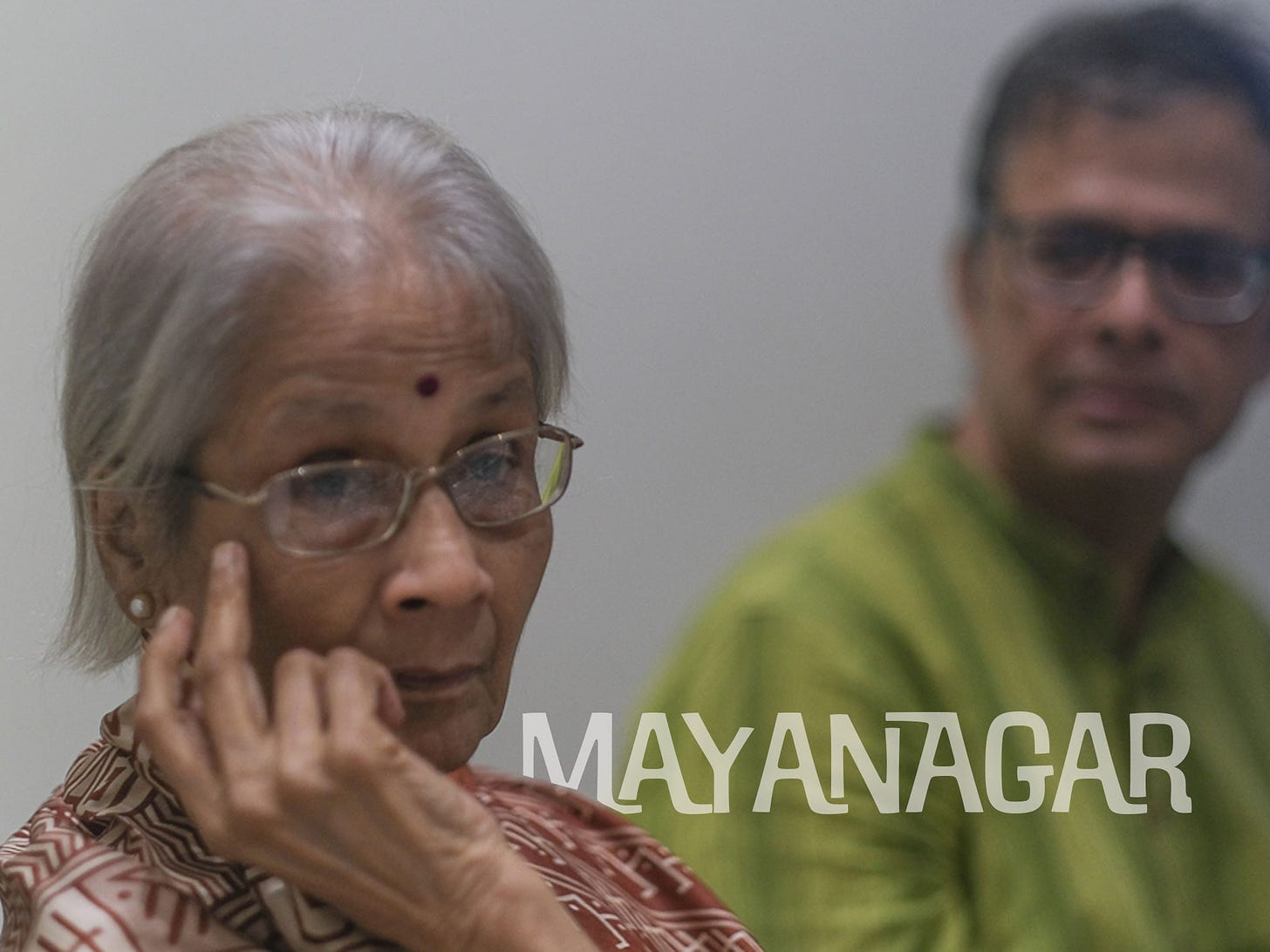
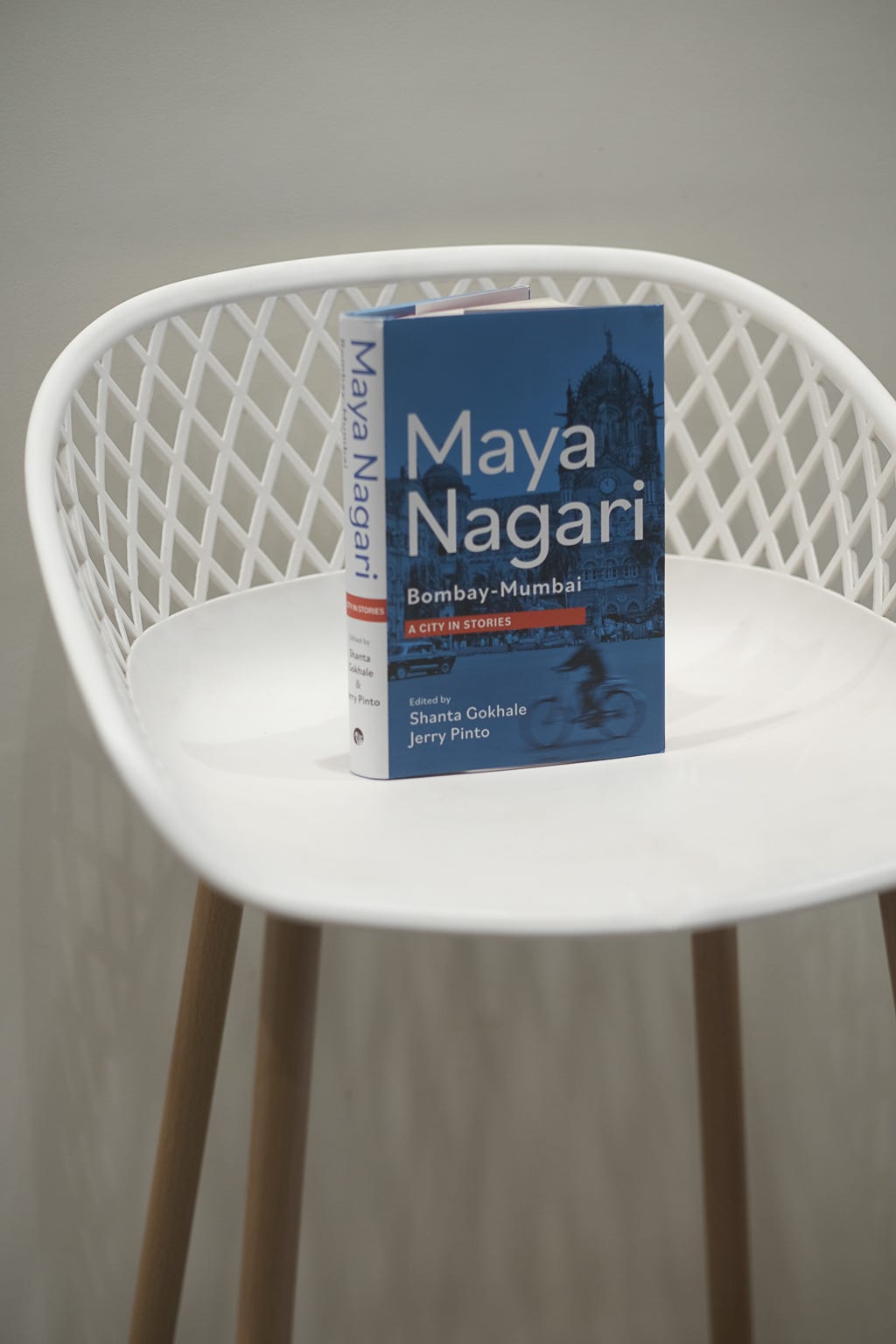
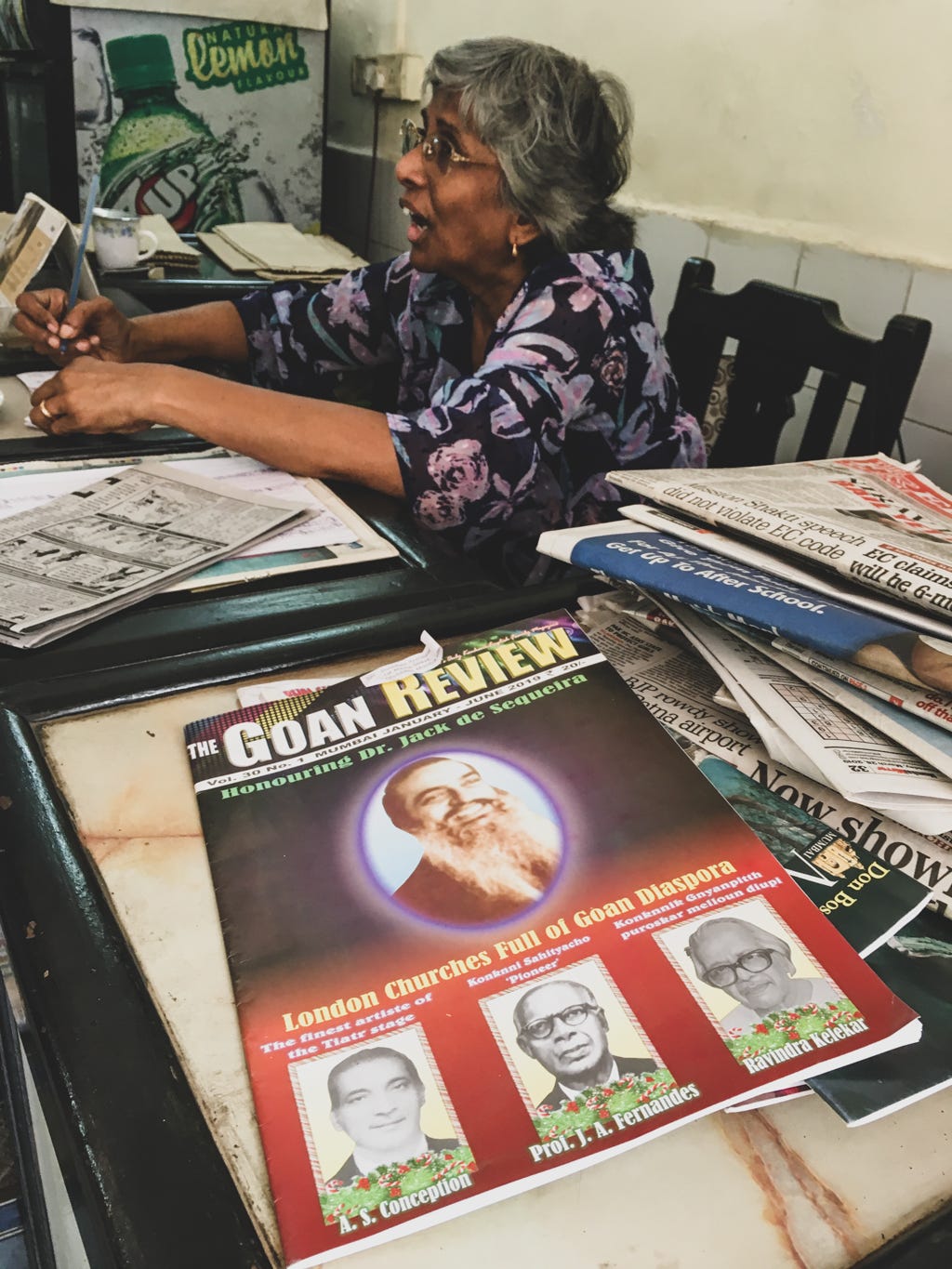

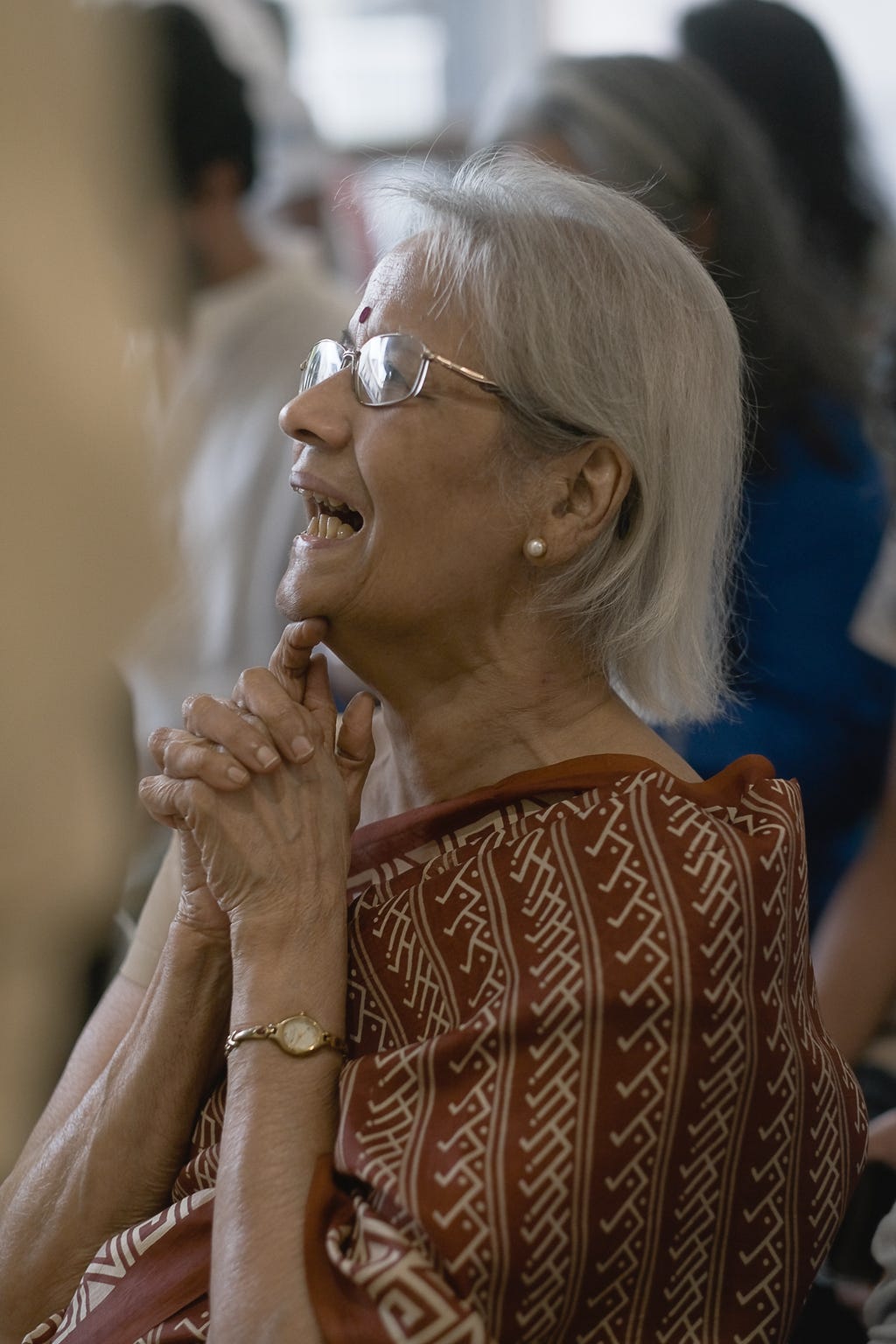
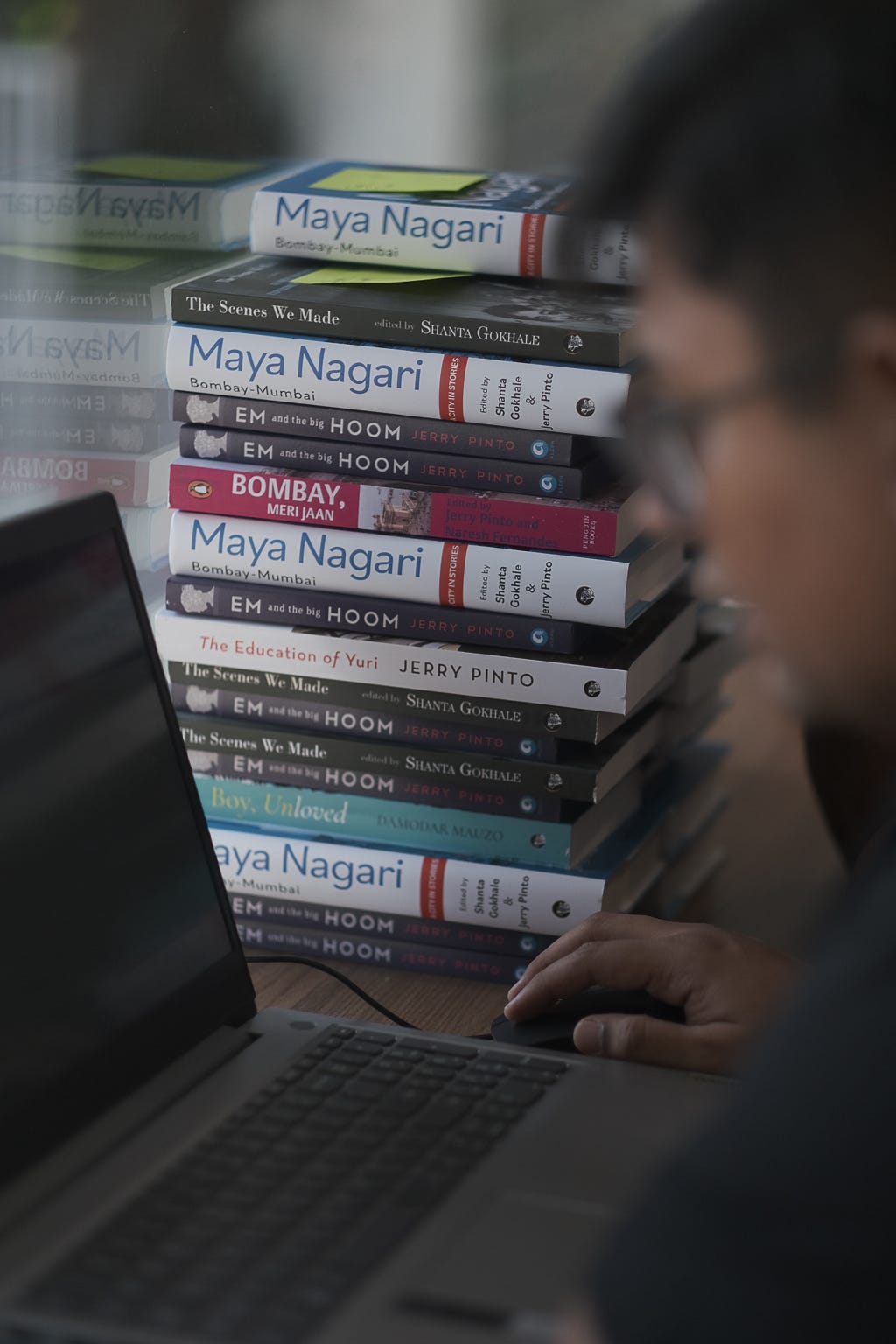
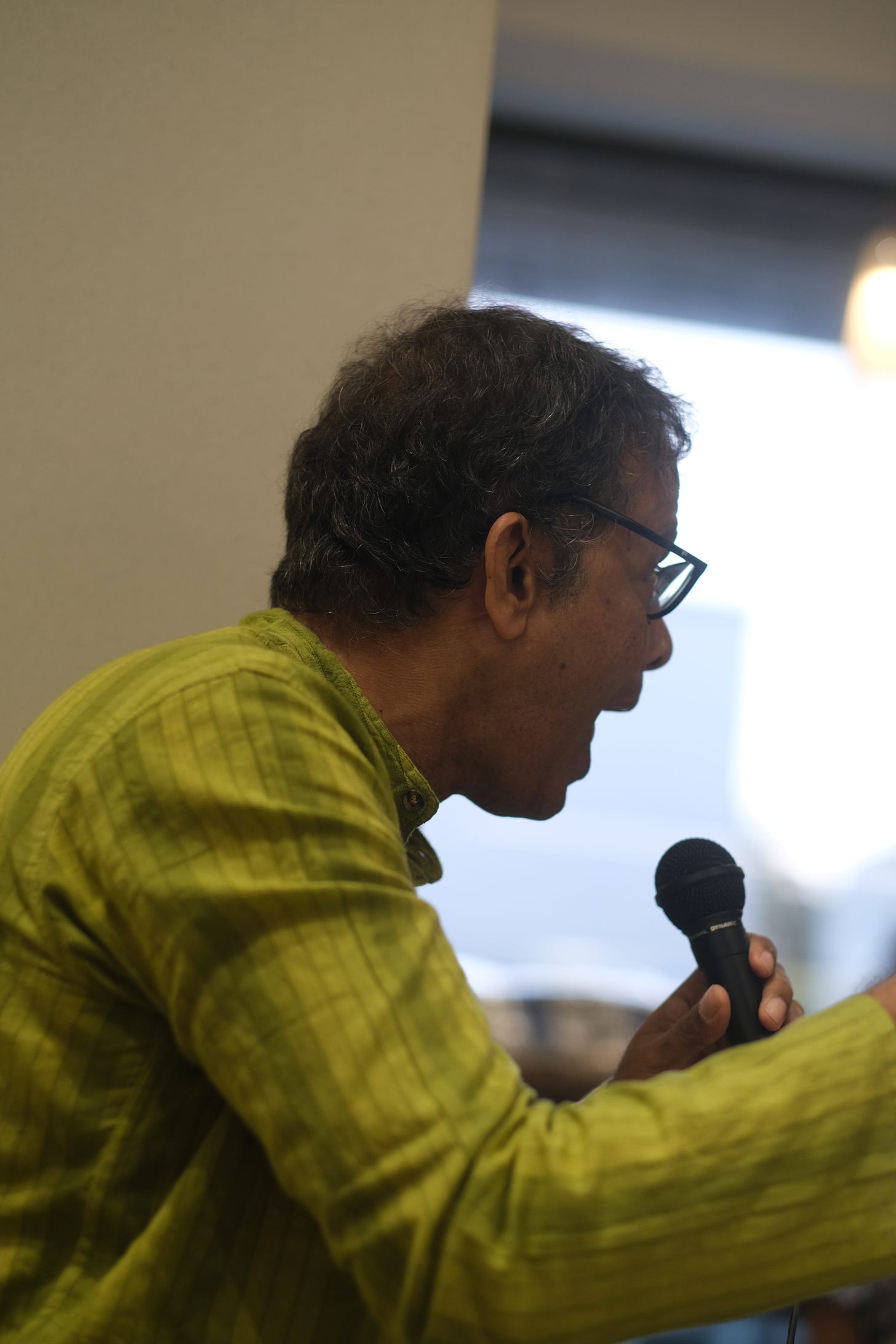

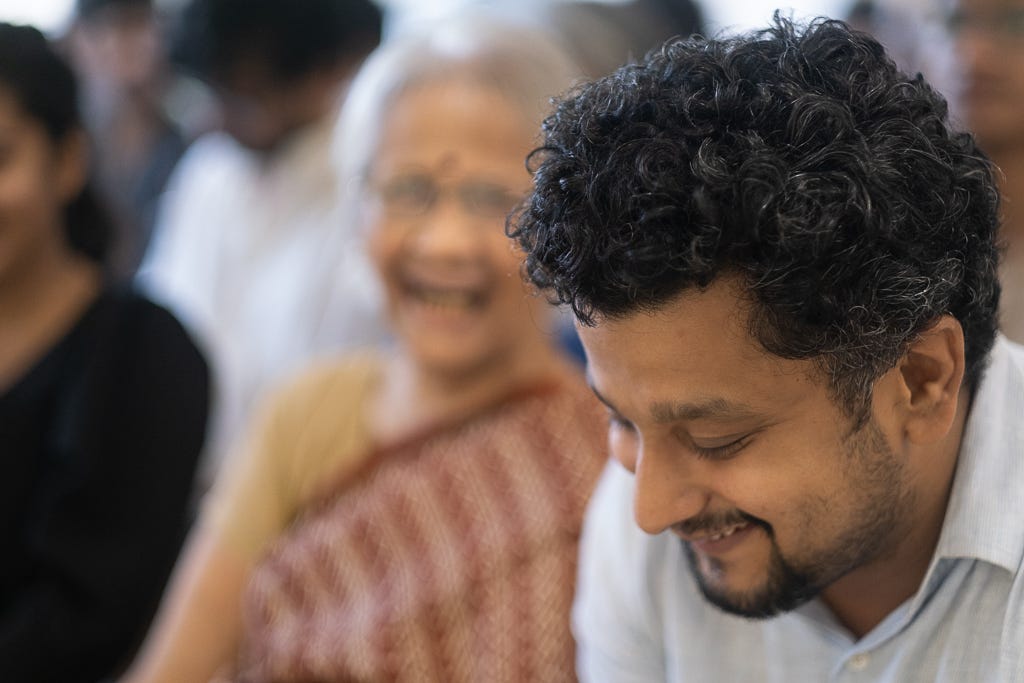
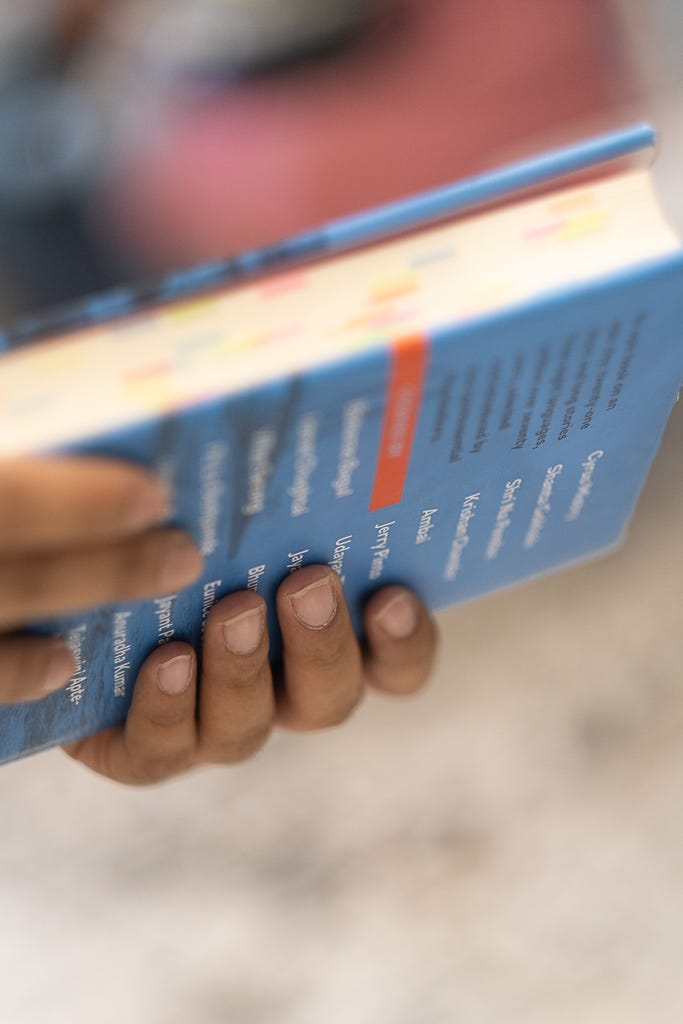
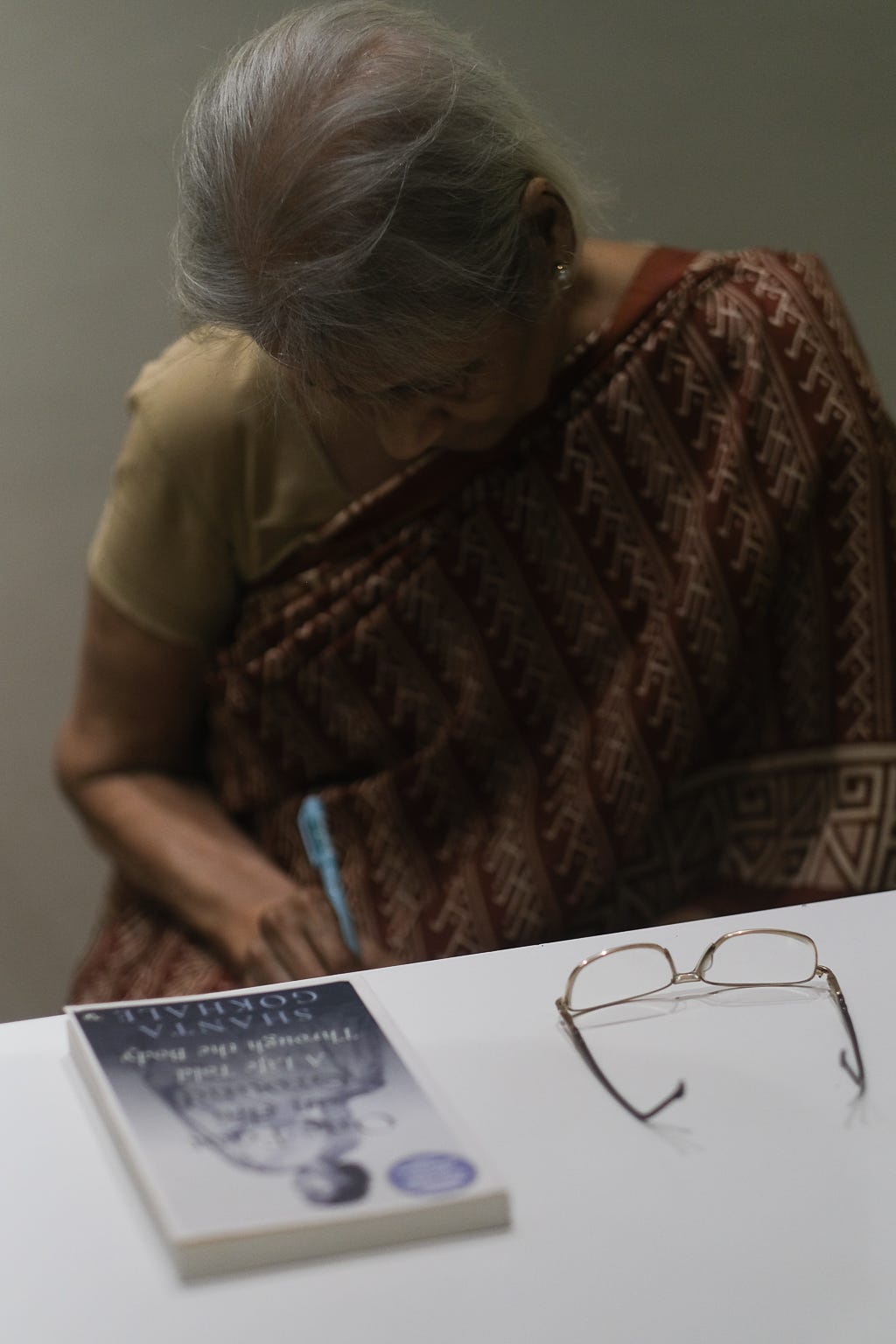
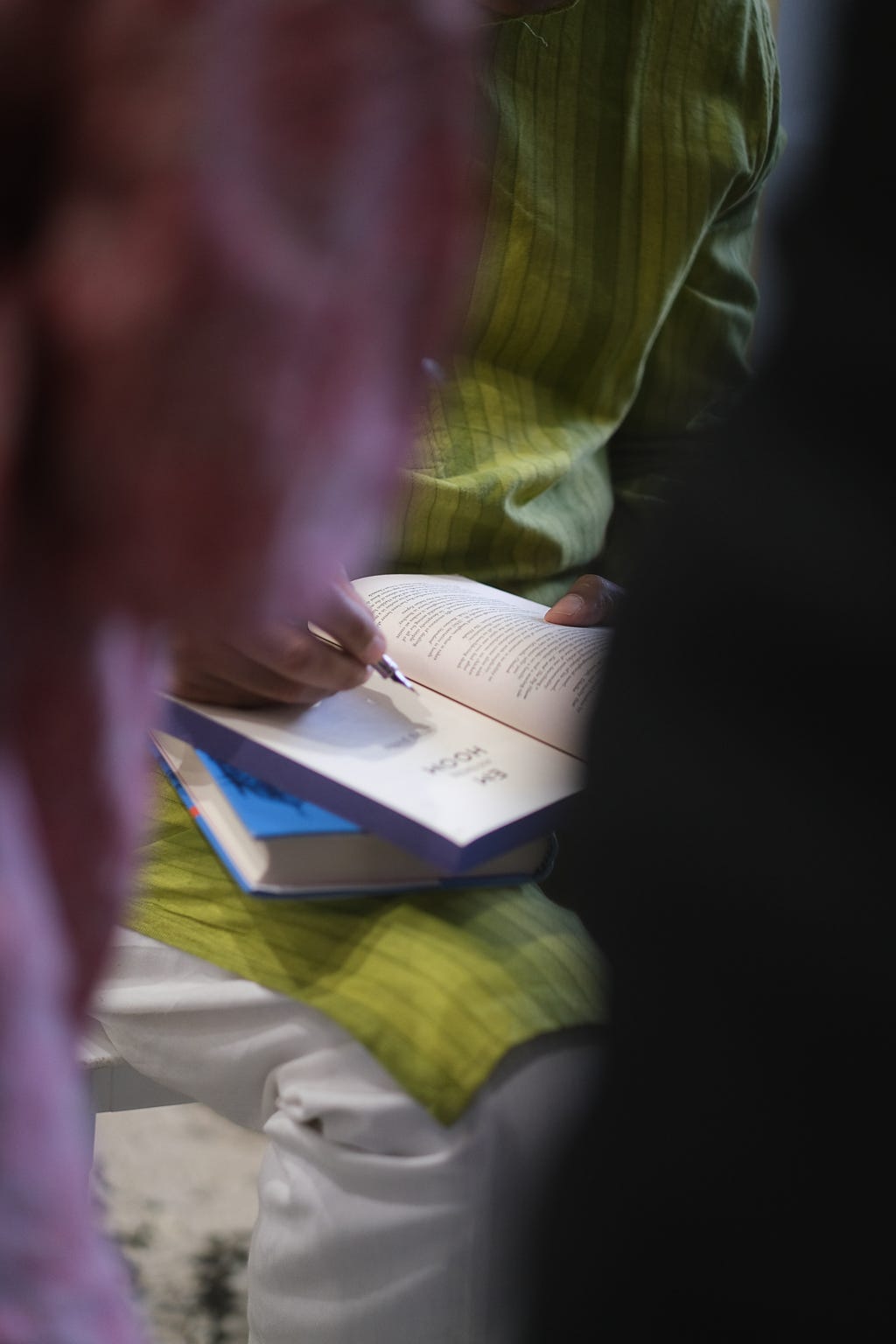

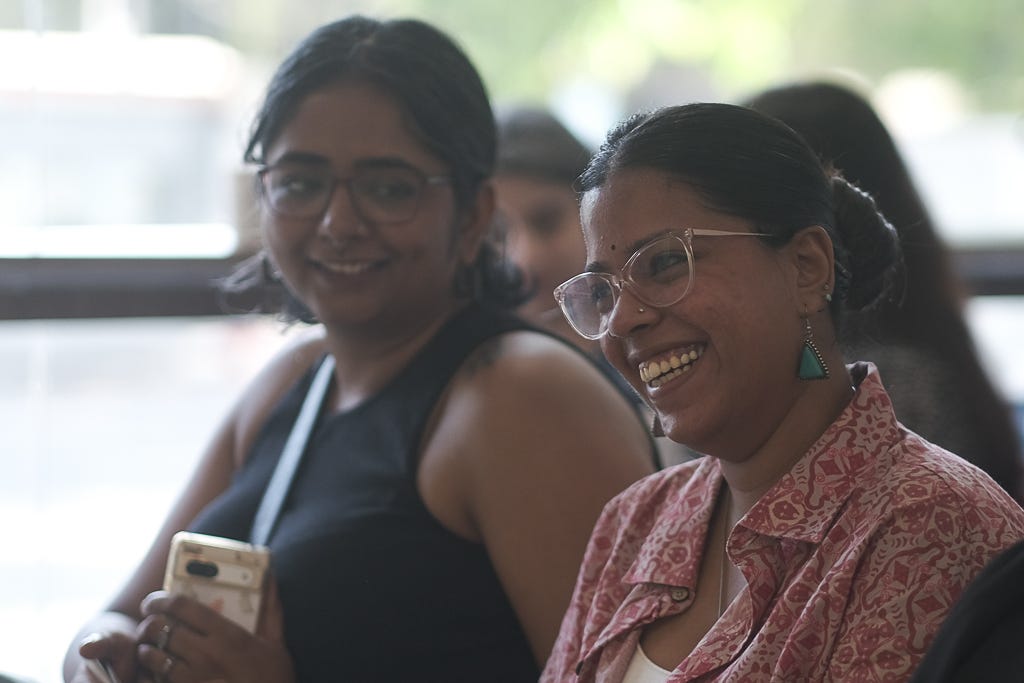
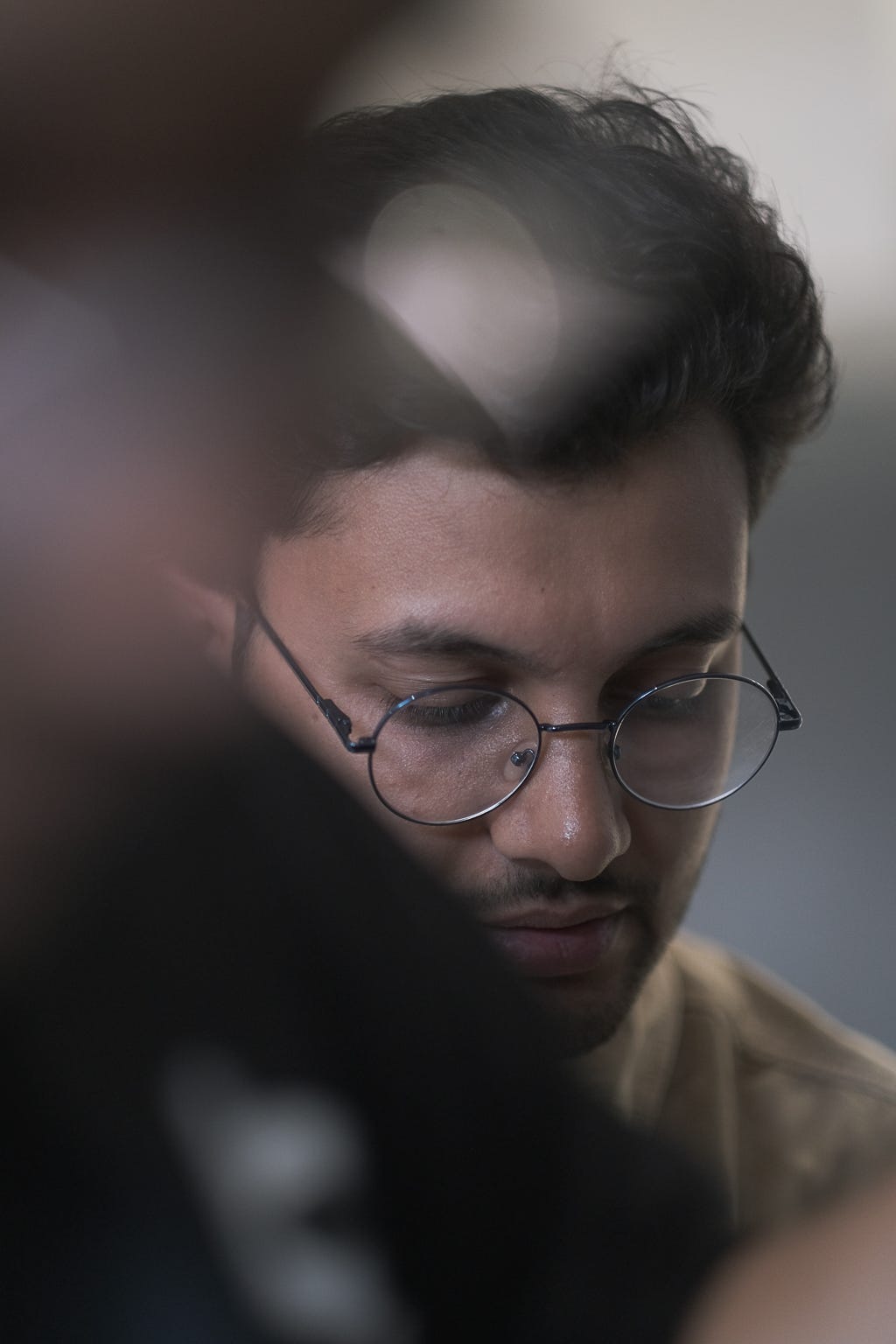
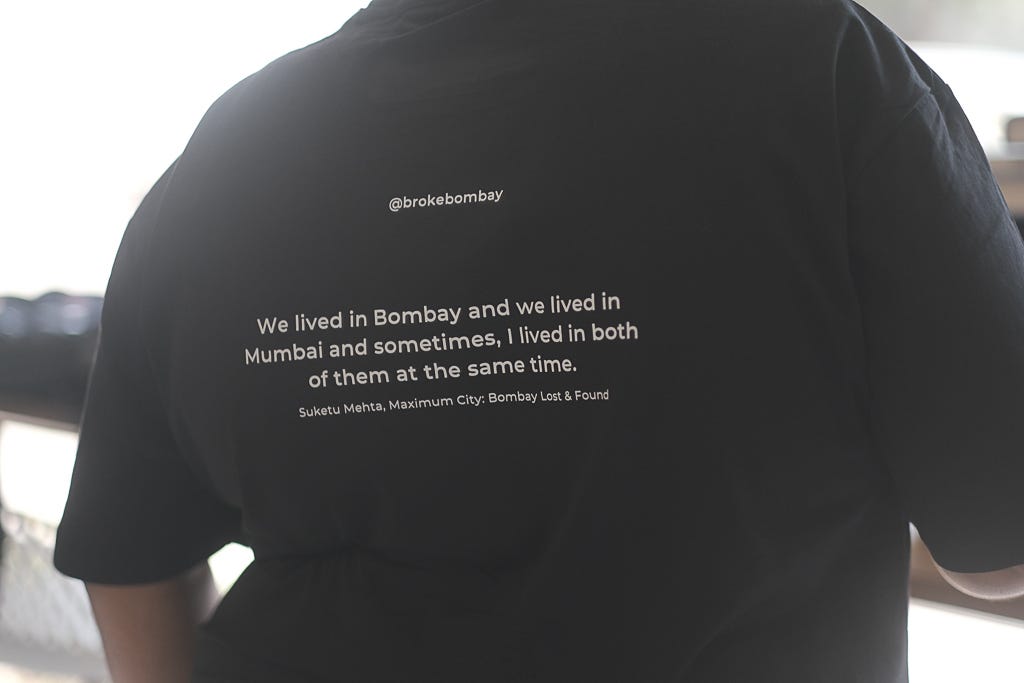

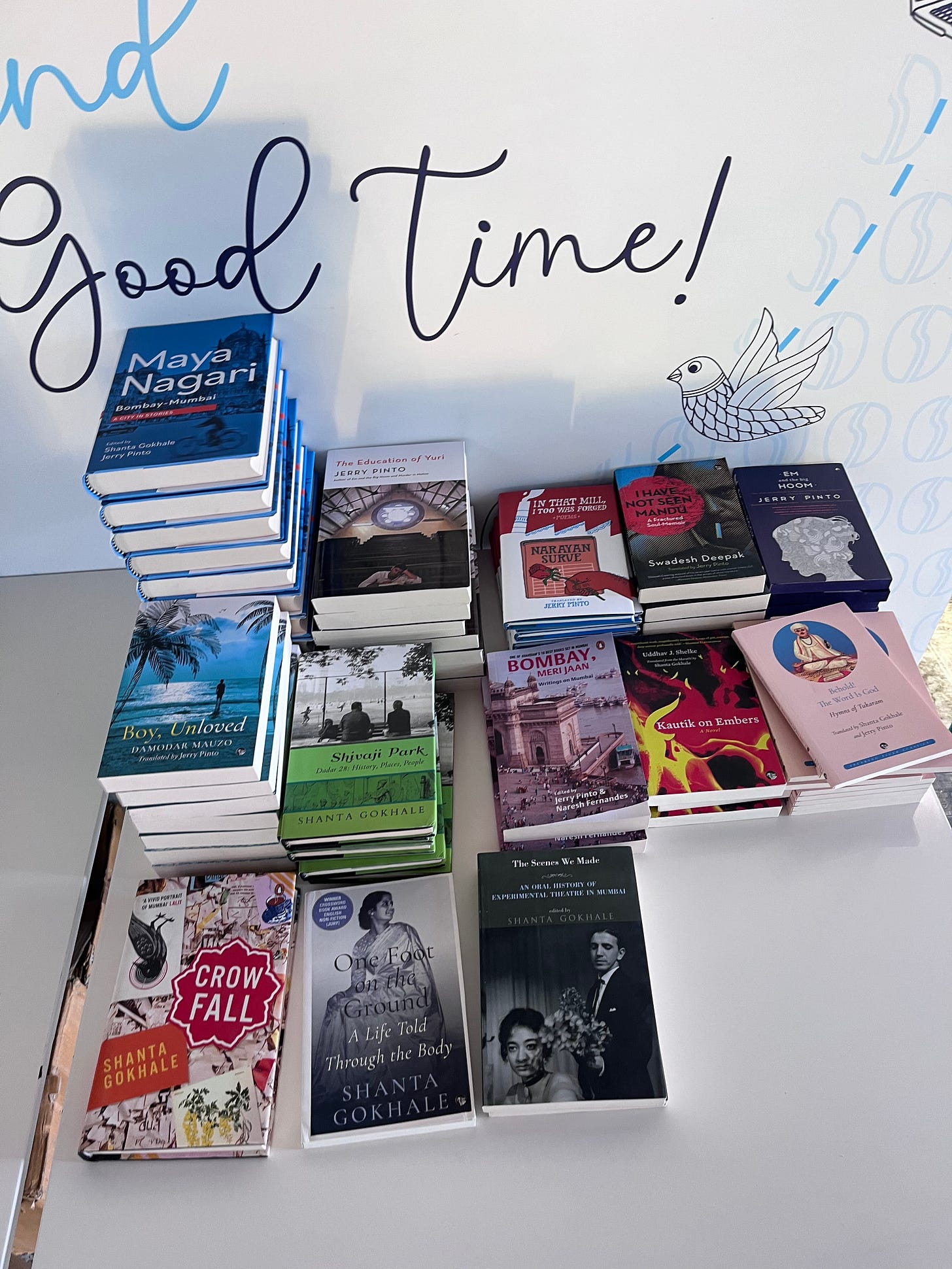
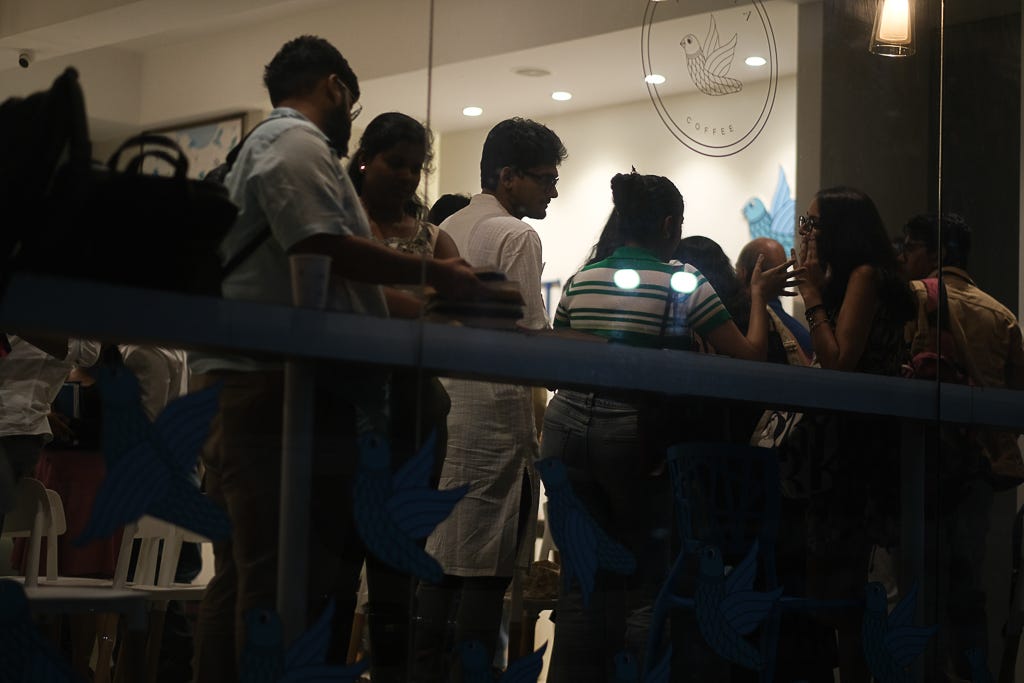
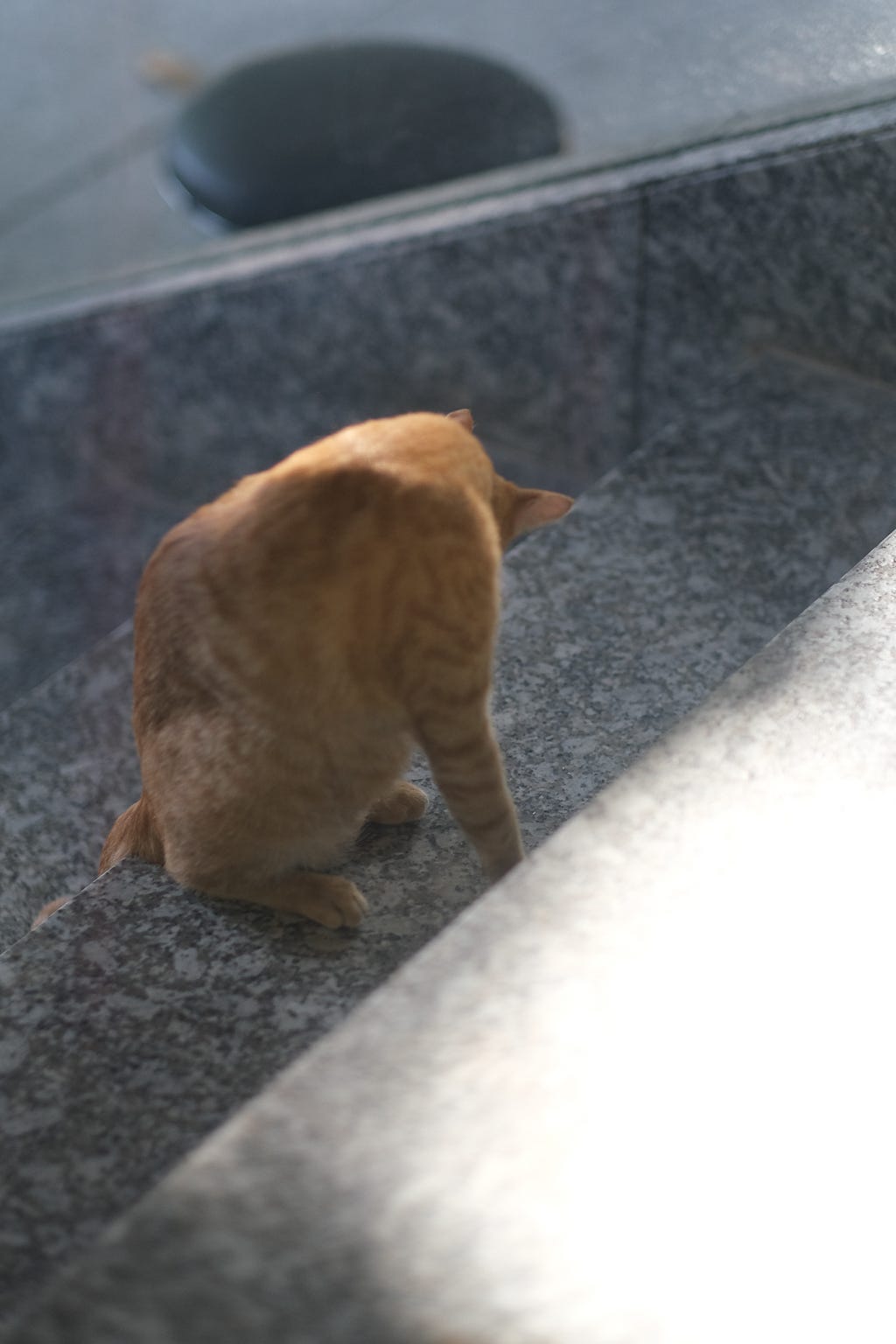

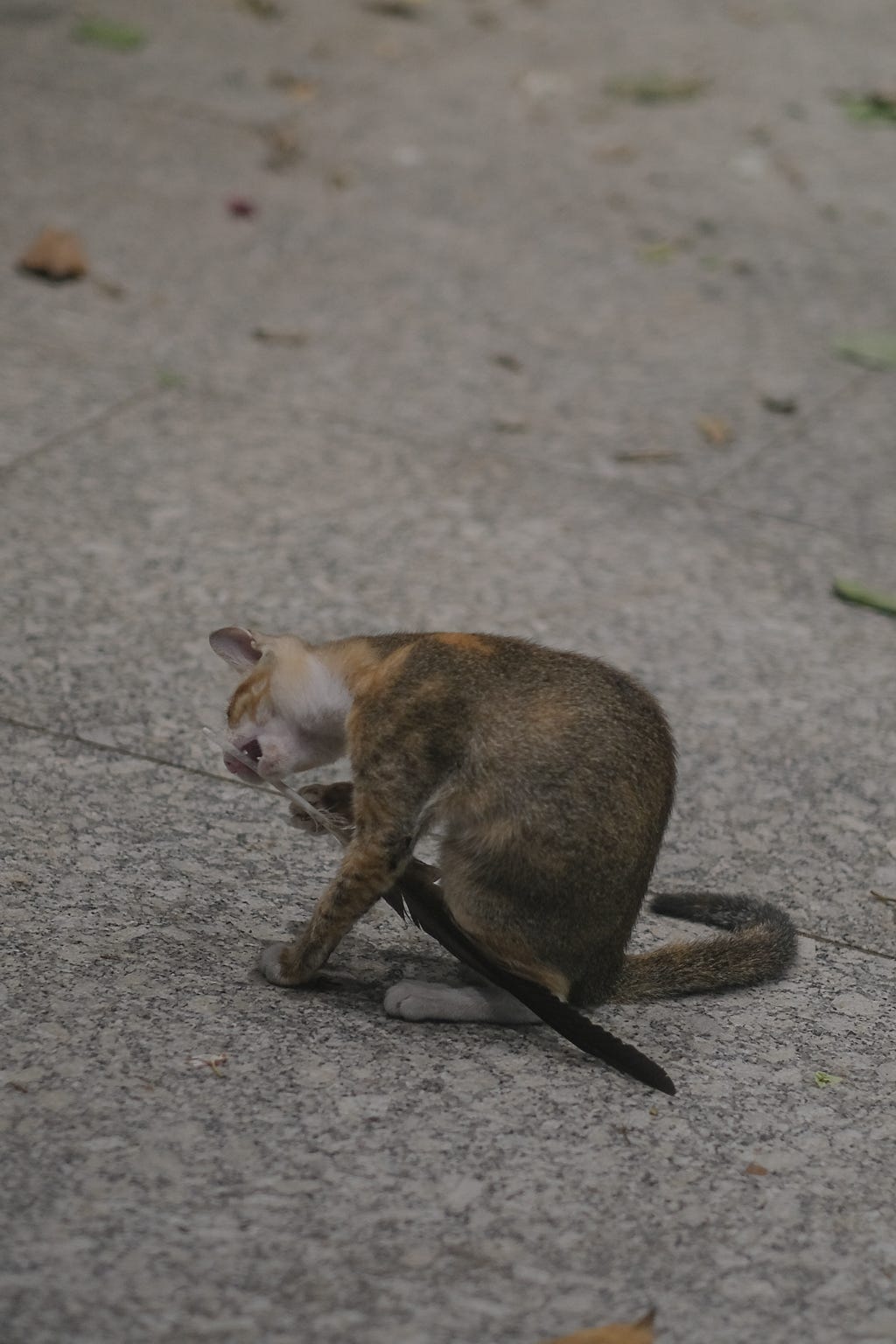
Your intro to this important book is just so bang-on. Generations of Indians grew up on these magazines. While we remember (rightly so), the Illustrated Weekly, I particularly mourn the demise of Gentleman to this day. In fact even at the time, with the niche stories it did, it was a wonder how it was published through all the years. Then there was a Dharmayug edited by Vishwanath Sachdev and a generation of the finest Hindi language authors and poets must have found their first round of appreciation through that legendary mag. In Gujarati we had the Navneet Samarpan and so many other magazines which were independent efforts that persisted for decades. For regional language poetry these independent magazines were way more important. So many of the bards who made it big later were not only discovered, but assiduously nurtured and eventually they made it big through the support of these publications.
I would look forward to reading Mayanagar with particular interest. I am sure it will be a cracker of a book that will bring alive the city, warts and all.
What a wonderful throwback on the world of magazines. I read more magazines than books while growing up. India Today and Frontline pinched from Daddy, Femina pinched from Mummy, Filmfare from my brother and loads of Readers' Digest at doctor's waiting rooms :) @mumbaipaused